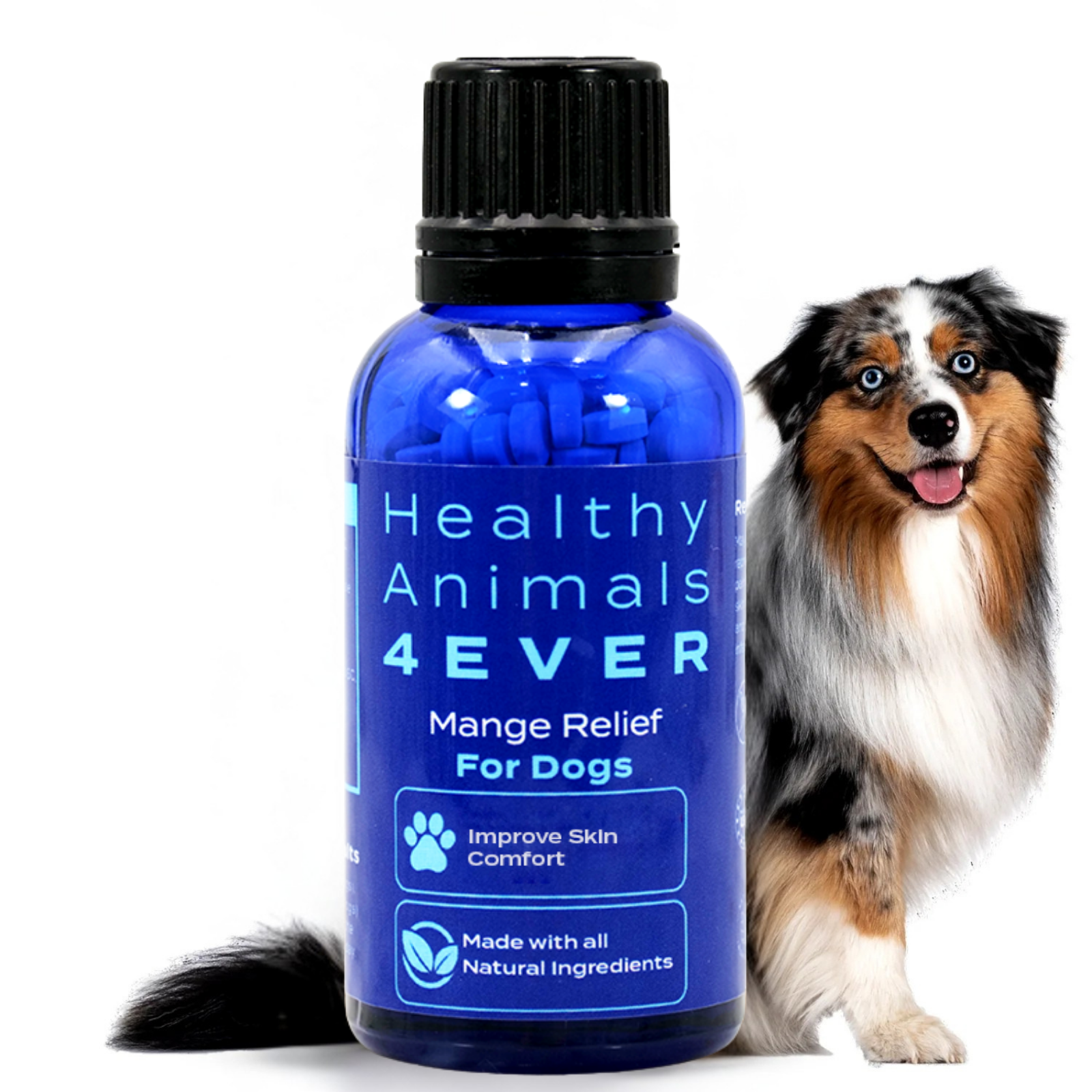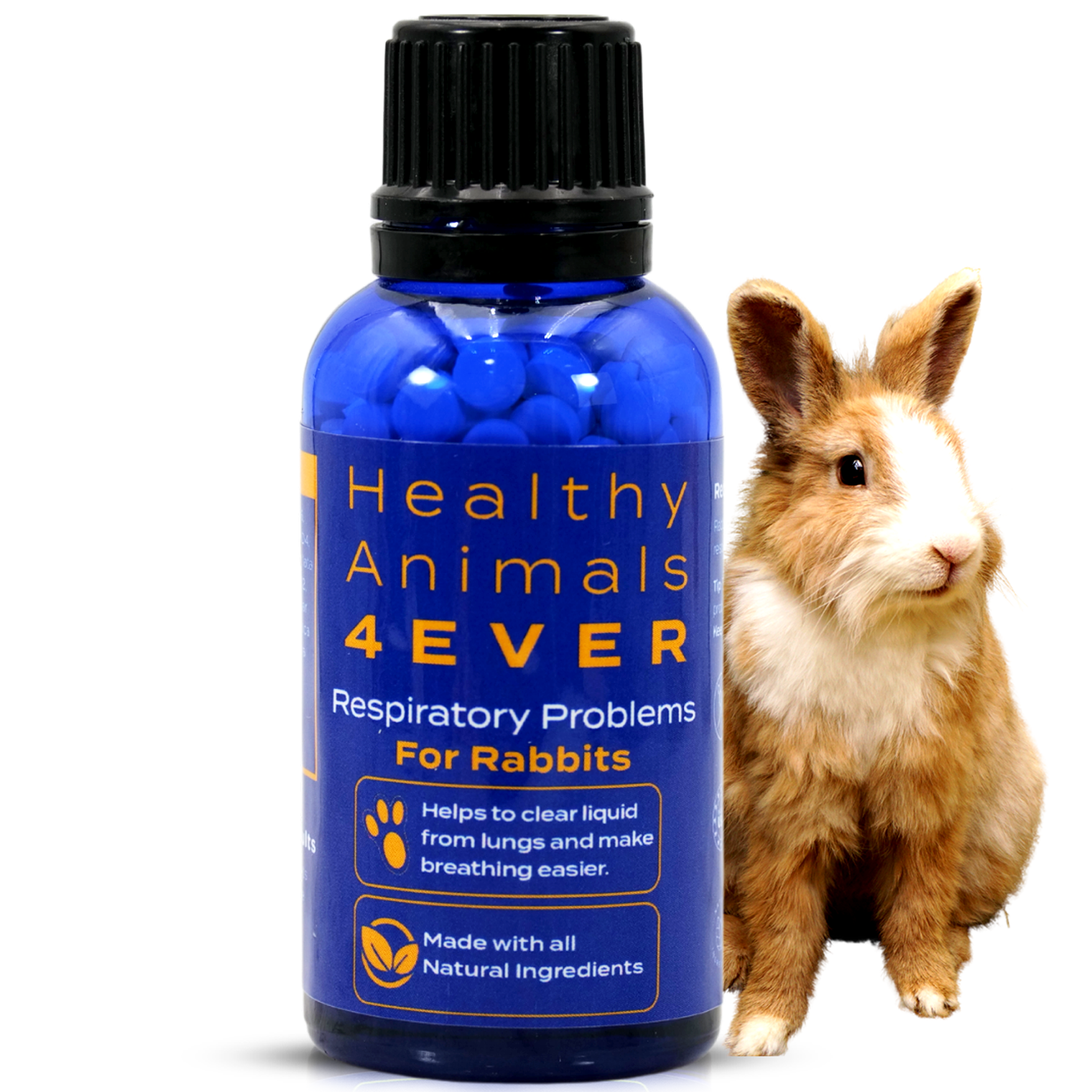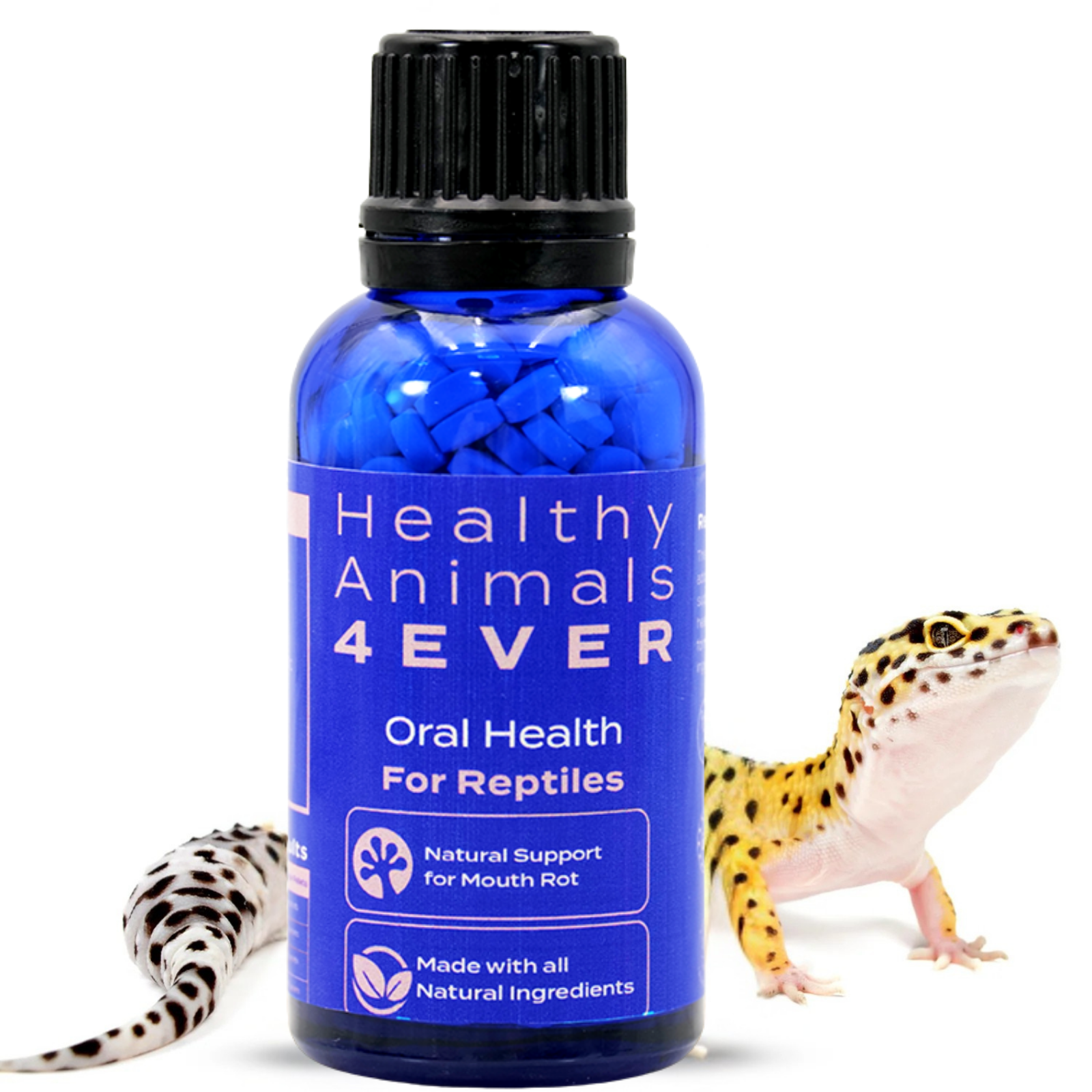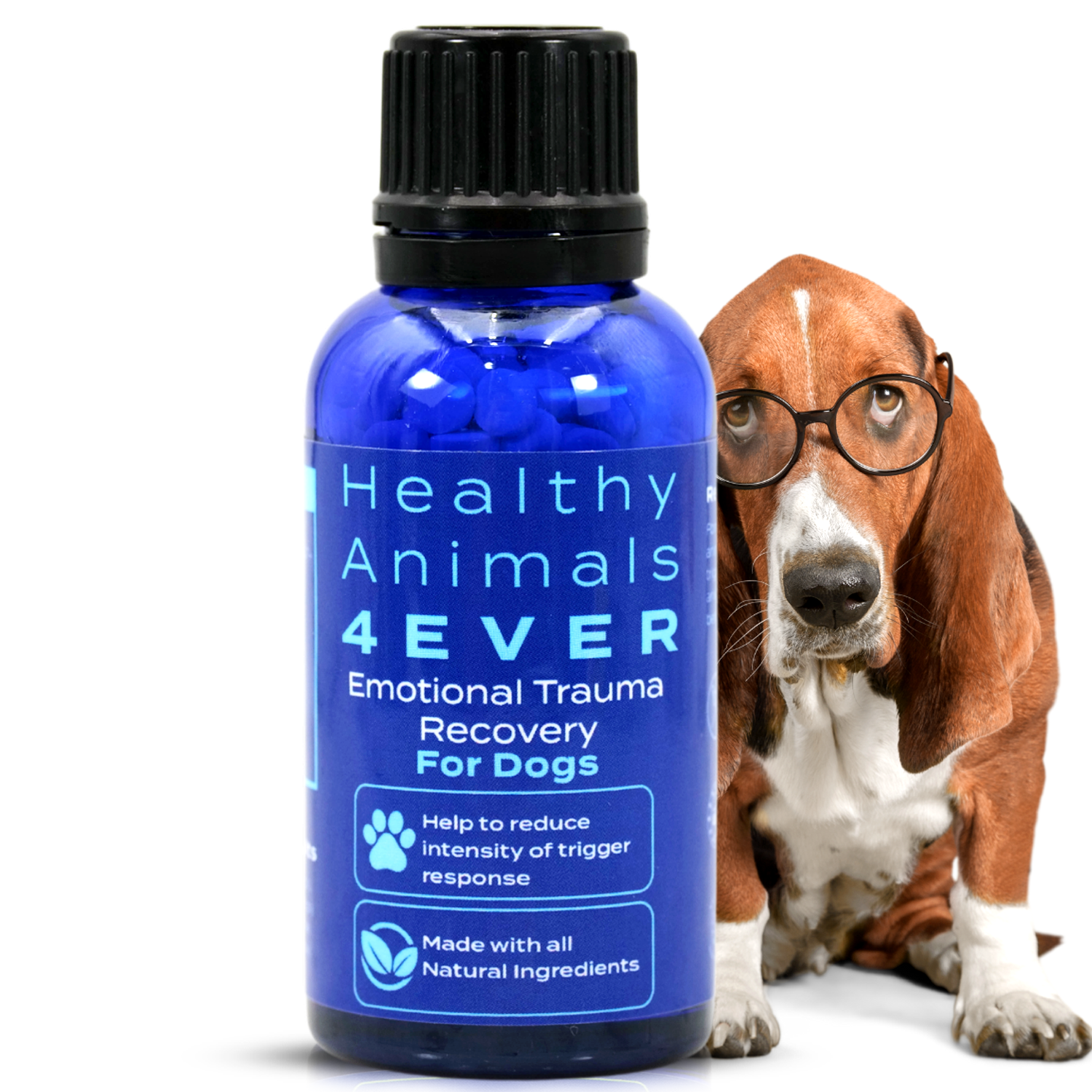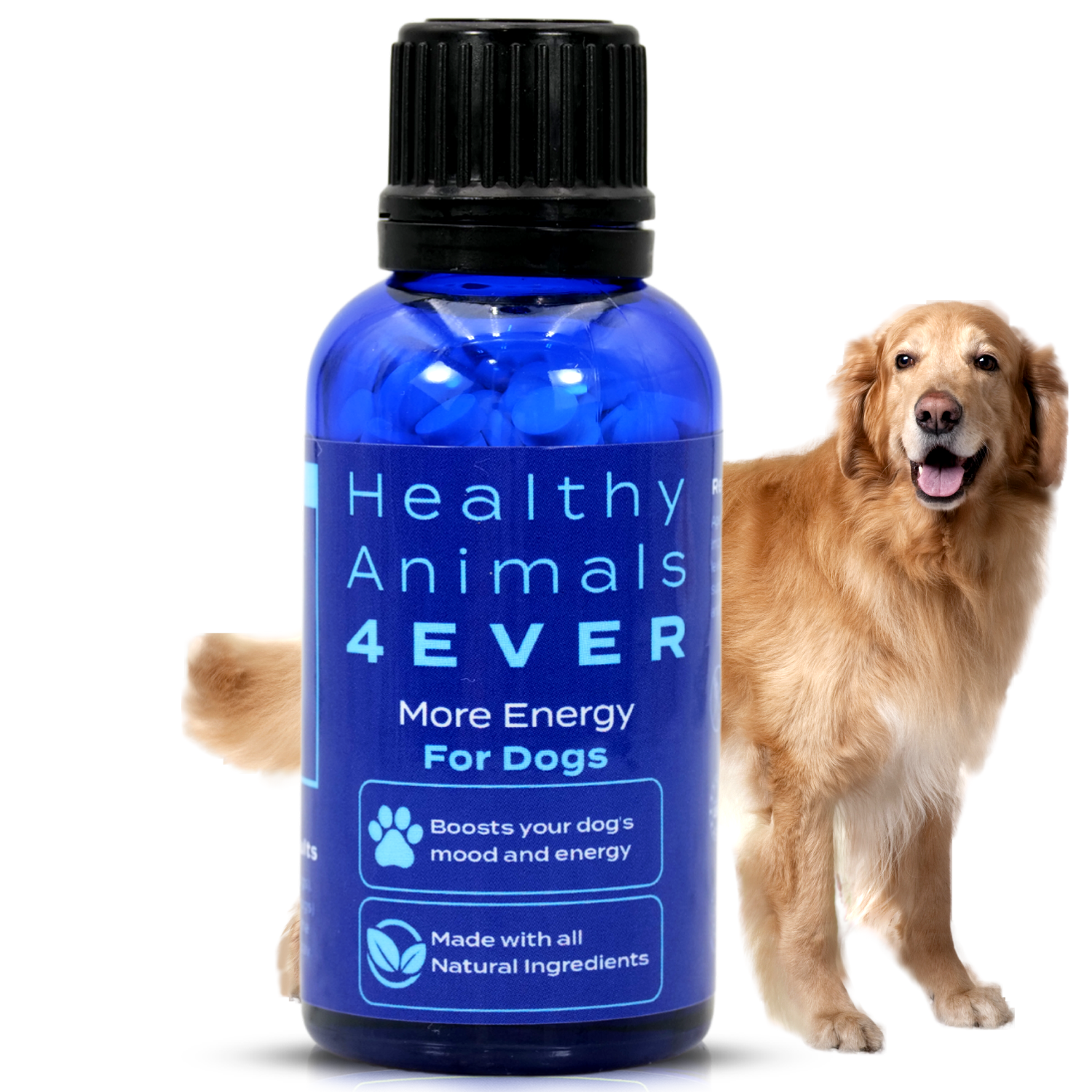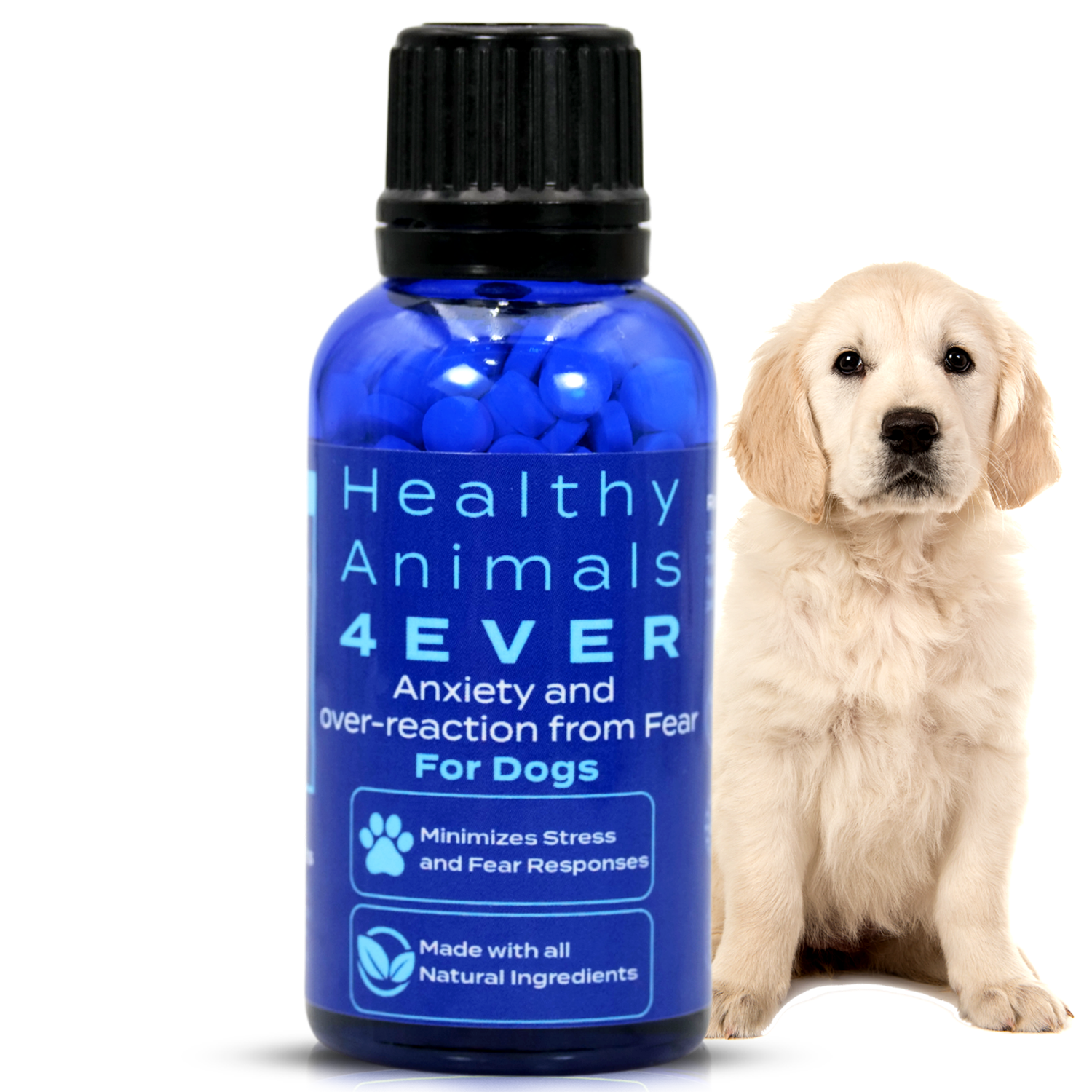ADOPTING A DOG - ALL YOU NEED TO KNOW
If you have been thinking of getting a new dog, have you considered all the options available to you? People's obvious choice when considering a new dog is to go to a specialized dog breeder. A good dog breeder will be able to sell you a puppy that has been checked for genetic problems, diseases, etc., and will often provide you with a high-qualityhigh-quality pedigree dog that should be free from issues that plague a lot of people dogs.
This is ideal for a lot of people but, of course, will come at a price. There is an alternative - adopting a puppy or adult dog.
There are many dogs without homes at animal shelters or humane societies. These animals are often a victim of circumstance. Either an owner has died, or an elderly person cannot cope anymore. Sadly though, no fault of their own, they have become homeless. Adopting a dog may be a great way to offer a loving home to one of these dogs.
Many people are concerned that they may end up with an unhealthy dog or a dog that may be aggressive by getting one from a shelter. Most animal shelters will check a dog for good health and good temperament, so if there are any problems, you will be told about them. Also, many covers offer in-house training to increase the chances of a dog finding a new home. Which is great for everybody!

The best way to adopt a dog is to pay a visit to your nearest animal shelter. Explain to the staff what kind of dog would suit you and your family. Bear in mind that if you have tiny children, getting a large dog may not be a good idea. Similarly, if you have an apartment, maybe think about getting a small dog that doesn't require vast amounts of exercise. Before you arrive, a bit of forethought will make finding the perfect dog for you that much easier.
When you bring your new dog home, try and imagine things from her perspective. Your new dog has probably been through a lot in the past, so bringing her to yet another new home may well be overwhelming. The best thing to do is to keep her on a leash at first and gradually introduce her to your home, letting her sniff each room until she has a feel for her new surroundings. Also, take her to relieve her bladder outside if she has been on a long car journey with you.
Once she has settled down, allow her to walk freely off the leash inside your home (not outside off the leash yet). This will give her a chance to find 'her' spot. By this, I mean her favorite place. We all have a favorite spot where we like to go; dogs are no different. If you have bought a new dog bed or blanket for your new arrival, this may be the place to put it. She will naturally go to that spot, so having a comfy new bed there will help her settle in.
Your new dog may be very quiet for the first few days but don't worry; this is part of the settling-in process. After a short while, your dog will be a fully settled new member of the family.

Adopting from an animal shelter is a great way to get a new companion and a great way to make a new and happy future for your dog.
Dog Adoption Tips I Learned From My 2 Dogs
There’s a hole in your life that only a dog can fill. You want a special dog, perhaps just a full-grown adult. Maybe your code of ethics calls for saving a dog’s life – not buying an expensive purebred.
I’m not a veterinarian or a dog trainer, but I’ve enjoyed two successful adoptions. Here are some tips I’ve picked up along the way.
(1) Clarify your requirements ahead of time.
Once you're standing in front of a cage, it's easy to say, "Well, he's a lot bigger than I expected, and I really wanted a female, but oh, he's SO cute!" No amount of love or training will help if your dog needs more exercise than you can provide.
(2) Know the difference between shelter and rescue groups.
Most cities have humane societies where you can view dogs and choose. Rescue groups typically hold animals in foster care – which is good because you can ask the foster mom all sorts of questions. For example, they can say, "This dog lived with two cats, so you know you can trust her."
(3) Be prepared to pay.
Shelter animals are not free, but you do get value for money. Expect to pay a fee that may include spay/neuter costs, licensing, and/or veterinarian visits.
(4) Consider an older dog.
By the time a dog has turned three or four, she’s as big as she’s going to get. No surprises! You’ll also have clues regarding his temperament.
(5) Plan to confine the dog during a period of transition.
Your new dog doesn't get it. She was in a loving home (or alone in a yard all day or even abused). Then she spent a few weeks in a cage, feeling lonely and isolated. Maybe she's been passed around to multiple homes.
The bottom line, she's stressed. She may chew, dig, bark, or even lose her house training at first.
Crating the dog prevents destructive behavior. My dogs both looked visibly relieved as they retreated to their crates every day. “Time to relax,” they seemed to say.
(6) Invest in training.
Most dogs are turned over to the shelter because of behavior problems. If you’re new to the world of dog behavior, take a class or hire a professional. Most behavior can be corrected, even among older dogs. But if you’re not sure, ask a professional. Some behaviors can’t be “fixed.”
(7) Incorporate regular exercise and walks into your daily routine.
Walking together builds your bond, and a tired dog is a good dog. Begin the exercise program immediately so you can gain a sense of how much exercise the dog needs – an important factor in the dog's adjustment – and start training for the basics on the way home from the shelter.
Everyone is surely going to get excited when trying to adopt a dog. Truly a man's best friend, you can rely on your pet dog to give you company, cuddling up together, and some can even guard your house. You need to review your personal lifestyle and needs when adopting a dog. It is a major decision whether or not you would choose to have a puppy or an adult as a pet. Before deciding on which dog to adopt, here is some useful information to help you decide.

On Puppies
* Bringing up a puppy is an advantage because this means that you would guide its growth and well-being. You would have the chance to raise it up according to what you want. This means you can ensure that it is properly nurtured with the right dog food, ensure that necessary dog shots are given, and prevent heartworm at this early stage. Having your puppy personally trained is also a plus since you can teach him exactly what you want.
* You should adopt a puppy at least 10 weeks old. Puppies need a lot of time to be cared for by their mothers. This is a crucial stage for them. They somehow gain a psychological advantage for both puppy and the mother dog.
* A puppy can easily adjust to new surroundings as compared to an adult dog. Although most puppies may cause minimal to major damage to your personal stuff while they are in the stage of teething. They need to be housebroken, and house training needs a lot of time, effort, and patience from the owner.
* There is no assurance of what a puppy would look like when it gets old, especially a mixed breed. Also, his temperament might change too when he grows up.
* Most pet owners love how puppies can be entertaining. They are adorable pets that are a hit for both children and grown-ups. Puppies can be easily regarded as one of the family.
On adult dog
* You would have less of a fuss taking care of an adult dog. They already have this established behavior that you can easily adopt too. By being with the dog more often, you would have more or less an idea of its temperament.
* You need to get as much information as possible when adopting an adult dog. Take note of its habits and mood swings. You can acquire this valuable data from the previous owners of the dog. Some adult dogs may have some behavior issues. It is important to take note of them.
* It may take some time and effort for an adult dog to be completely comfortable with a new owner.
* Take note that you need to introduce an adult dog to your children and other household members. This would help the dog be familiar with them and help them refrain from biting or barking, thinking that they may be strangers.
* Adult dogs may not need your full attention, unlike puppies need and would require lesser trips to the veterinary.
* For a fully grown dog, physique and behavior is basically not a variable anymore. What you see is basically what you get.
* Most dogs are housebroken already, so they would cause lesser damage to your belongings and don't wake up at night as most puppies do. They have overgrown the impulse of chewing things he has his eyes on.
* An older dog can easily adapt to other pets, like other dogs or cats, if you have a group of them in your household.
Adopting a dog is not an easy task, and choosing which one to adopt can be a little tricky. Everyone loves sweet-looking puppies, but not everyone can stand up to the tiresome house training. Though most would appreciate the bonding shared with them. Adult dogs need no great amount of guidance but can still turn out to be lovable pets. Whichever you think is the right pet for you, just keep in mind that taking care of them needs a lot of time and effort. In return, they would always keep you company and has a ready smile with an excited wag of tail waiting for you every day.
10 Most Important Tips To Training Your Puppies
All of us dream of parenting the perfect dog, a pup that is a CGC or good canine citizen and is well behaved and dependable at all times. Well, dreams come true if the training is done with care and dedication. Remember, pups learn from day one and need to be taught what is right, wrong, and proper socialization.
Pups are like children; they need constant supervision and training. Training a pup need not be an ordeal. All you need to keep in mind are a few simple rules:
- Until your pup learns, you need to keep an eye on him at all times. When you cannot, then you must crate him. Create a schedule for the pup. This will help the pup settle down quickly. The schedule must include things like hourly bath rooming visits, eating times, rest periods, walks, playtime, training, and so on. A pup with a busy day has no time to be bored and get into mischief.
- Teach the pup to respect you. Dogs live in packs and instinctively follow a leader. Suppose you establish your leadership in no uncertain terms. In that case, training will become easy as the pup will obey you at all times and not challenge your authority.
- Use only positive training methods. Never shout at, hit, or punish a dog. It is not just cruel but can lead to behavioral problems. The use of electric shocks, prong collars, sprays, and so on could hurt the animal.
- Teach the pup "nothing in life is free." This is a system that is widely acknowledged as a useful training tool. If you practice this, the pup will learn that he must behave well to get something like love, a walk, or a treat.
- Teach the meaning of “No,” from day one. Do not encourage behaviors like jumping, mouthing, tug-o-war, barking, or running out of open gates and doors. Praise good behavior and ignore or walk away when there is bad behavior. The pup will learn that he will lose his companion/playmate if he misbehaves.
- To correct behavior, you must catch the pup in the act and startle him by rattling a can of pebbles. Once you have done this, make him correct his behavior and immediately offer him a treat and praise. Pups do not recall what happened earlier so scolding him after an event is useless.
- Always call/use his name positively. Never say "Bad TOM" or "No Tom," this will cause confusion, and the pup will think that if you call his name, then it is something bad. The pup must associate his name with happy events like hugs, petting, walks, treats, and such. He will come willingly when you call out his name if this happens.
- Create a training schedule that is short and sweet, say 10 minutes thrice a day. Long repetitive lessons can be boring, and the pup will lose interest in learning. Make learning fun and use trick training to teach commands like sit, down, come, etc.
- Bond with the pup and both of you will enjoy your lessons. The pup must look forward to spending time with you and not avoid you by running away or hiding. Be sure to socialize the pup early. Socialization is one of the most important lessons. The pup must learn to be around other animals, people, sounds, vehicles, and other activities. So, slowly introduce the pup to everyday activities and sounds when he is little. Take him to the mall/ park, introduce him to children and other pets, and make him unafraid of the vacuum and garden hose.
- Learn all about crate training, leash walking, housebreaking, as well as food training. These are kindergarten lessons that every pup must master. Know about all the quirks as well as peculiarities of the breed. This will give you valuable insights on how to successfully train the pup.
SUMMARY
As a pet parent, you have many choices. You could choose to train the dog yourself or register at a professional training school. Training a dog has many stages: kindergarten, obedience training, doggy sports, showing and conformation, and other aspects like therapy dogs, hearing dogs, and so on. What level you choose to train depends on you and the learning abilities of your dog. As you know, different dogs, like humans, have varied talents. Choose well, and both you and your pup will have fun times together.


